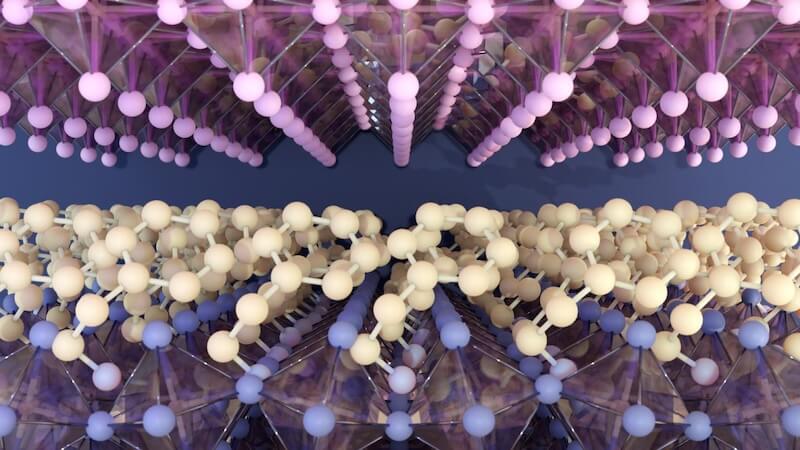
Researchers have discovered how perovskite solar cells can be stabilized in order to generate energy efficiently. Computer simulations were used to better understand the properties of the material.
Researchers at Chalmers University of Technology recently made progress toward developing more efficient solar cells. Using computer simulations, they were able to better understand the properties of so-called 2D perovskite. This is a perovskite material with a layered crystal structure.
Compared to conventional silicon-based solar cells, it is said to be more efficient and cheaper. Because perovskite can absorb and emit light extremely efficiently. This makes the material interesting not only for solar cells, but also for LEDs. However, the low stability of the material has been a problem so far.
Perovskite solar cells: manipulation of the inorganic layer
By using computer simulations, the research team was able to gain insights that would be difficult to obtain through experiments. They examined the atomic movements within the perovskite layers. They found that the behavior of the atoms in the surface layers has a major influence on the optical properties of the material.
By choosing certain organic molecules that lie between the inorganic layers of the perovskite, the stability of the material could be directly influenced. The discoveries provide a basis for developing more stable and efficient solar cells.
Research opens the way to new generations of solar cells
The researchers were able to show that it is possible to specifically control the atomic movements in perovskite in order to improve the optical and electrical properties of the material. This could lead to longer-lasting and more powerful solar cells that respond better to different environmental conditions.
With these findings, the researchers are paving the way for a new generation of solar cells that are not only more efficient, but also more cost-effective and environmentally friendly. Her next goal is to investigate even more complex systems and interfaces that are crucial to how solar cells work.
Also interesting:
Source: https://www.basicthinking.de/blog/2024/11/06/effizientere-solarzellen/


